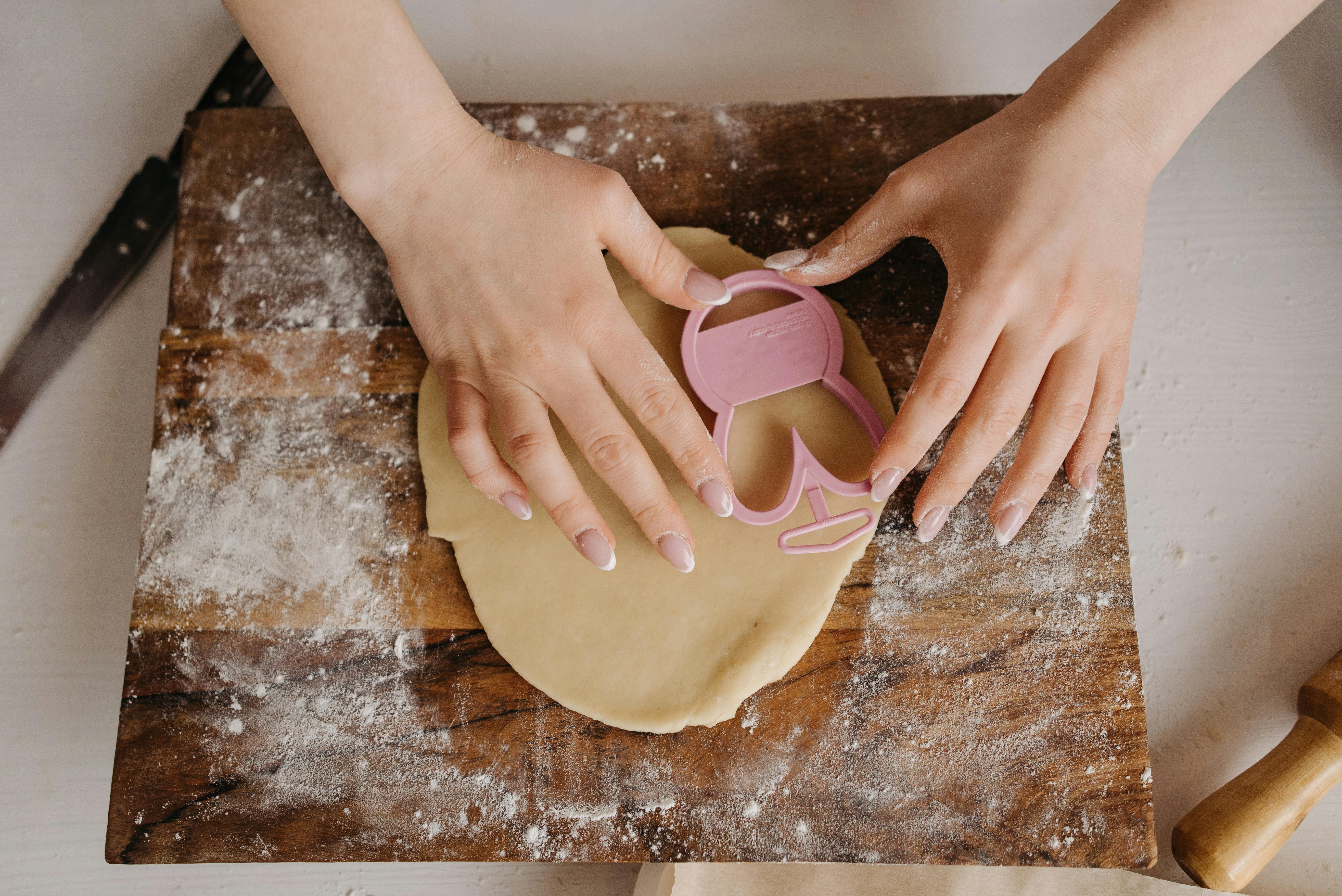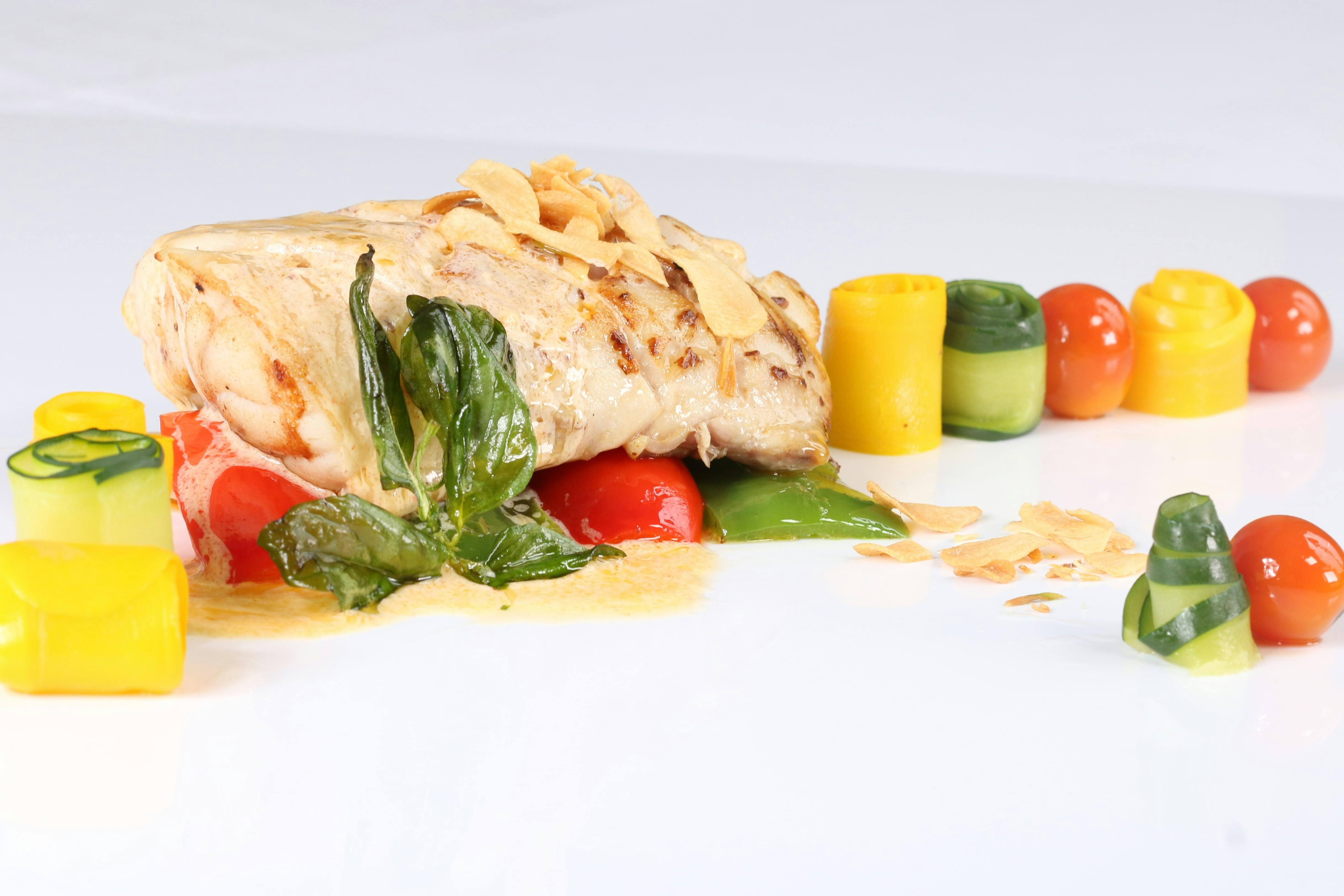The use of concrete in kitchens and bathrooms can still be considered relatively “hip” design-wise by some homeowners. But while concrete can be used to create a modern or minimalist look, it’s also perfectly suited to a more traditional setting, where it was used in the first place.
Concrete can act as a substitute for more traditional materials. Instead of using concrete to explicitly recreate something from the past, you can also combine it with other elements to suggest a timeless quality. In my work, I always strive to strike a balance between innovation and excitement, between understated contemporary and warm traditional. Adding mosaic tiles along the front edge of a concrete surface, embedding mosaic pieces along a backsplash, or even embedding a fossil into a countertop all connect us to the past.
A California farmhouse we recently renovated went from “traditional” to “transitional.” A large curved concrete wall and counter boldly separate the living room from the kitchen. Meanwhile, a stainless steel integral sink counter top straddles one wall; however, by embedding glass mosaic tiles in the backsplash and inserting a traditional plate rack into the cabinets, enough balance is achieved to avoid a clash of styles.
Let’s take a hypothetical example of a turn-of-the-century Craftsman-style kitchen. The cabinets will most likely be frame and panel with flush inlaid door frames. There would be wainscoting in the dining area and perhaps tile around a single porcelain sink. Light fixtures may have beveled glass or echoes of Tiffany lamps. What specific application would be appropriate in this situation? I would look for one or more of the following ideas in combination:
o Choose a natural gray or earth tone color. No bright colors.
o Keep the front face, or thickness, of the countertop to a minimum of 2-1/2″ up to 5″.
o Insert “panels” into the front face of the countertop to mirror the cabinet doors. These panels would be no deeper than 3/8″ and would measure approximately 1/3″ the height of the front face, or
o Embed properly sized or proportioned ceramic tile with some relief in the counter face or in a molded backsplash. Allow the hole to be at least 1/4″ deep.
o Tiles can be placed in groups of four spaced 1/8″-1/4″ apart on the counter surface as embedded “trivets” next to stove burners. (In the mold, they would be placed face down at the bottom of the form.)
o Cover the drain plate in the sink with tile or marble.
Now I wouldn’t want to use all of the above accents, just enough to bring a complementary flavor to the Craftsman look. The concrete itself is earthy enough to carry that load. It is up to you, as the owner or designer, to add the touch that personalizes and enhances the piece. In some cases, for example, the ornate “traditional English manor house” kitchen, usually full of elaborate details, can use a touch of restraint: the concrete counter with a simple ogee edge detail and a complementary white porcelain sink. could be perfect.
As they say, it’s all in the details.
For more information on concrete countertops, visit:
http://www.concreteexchange.com//>




